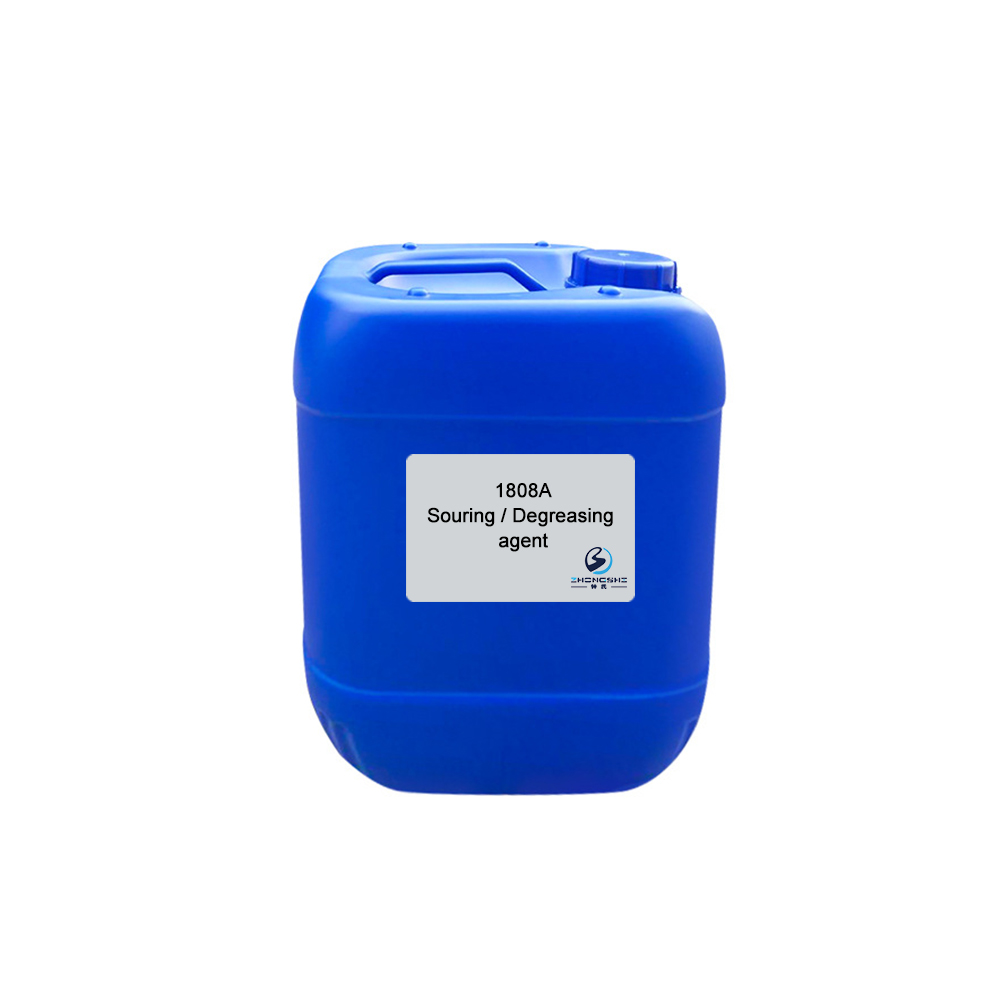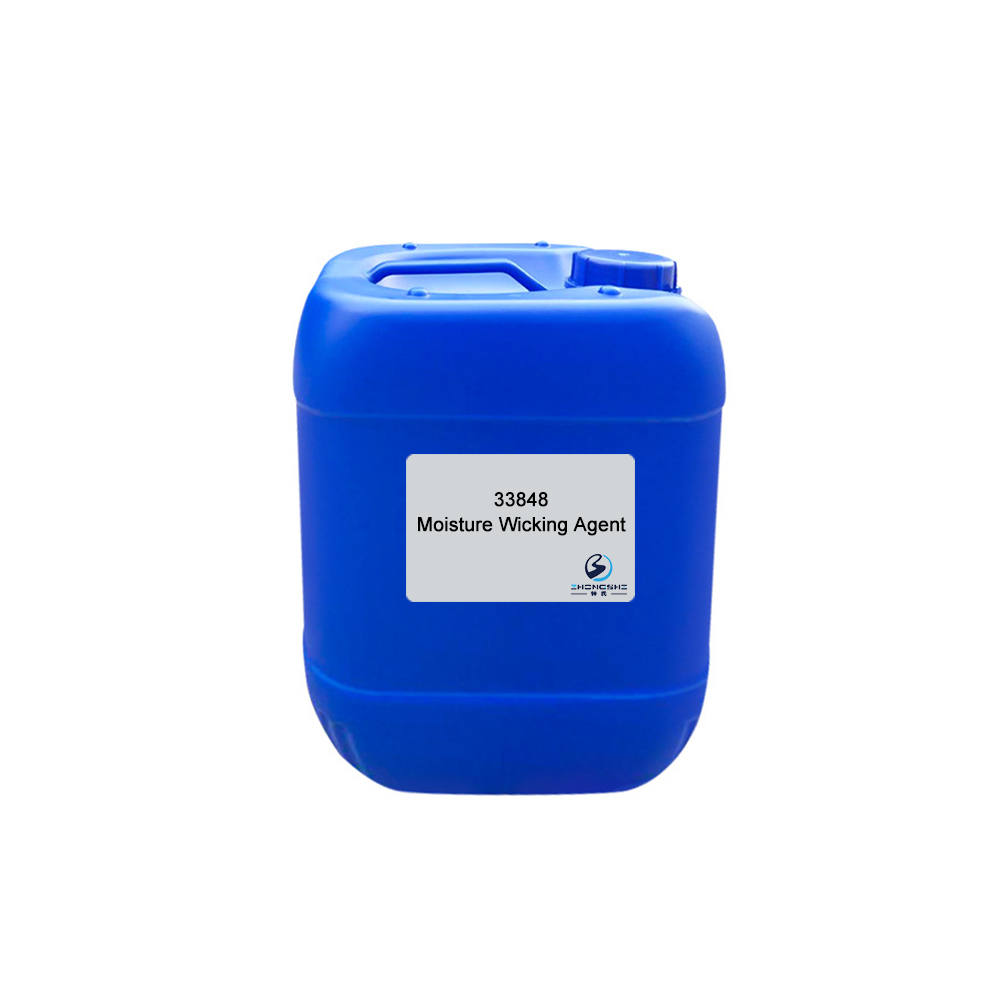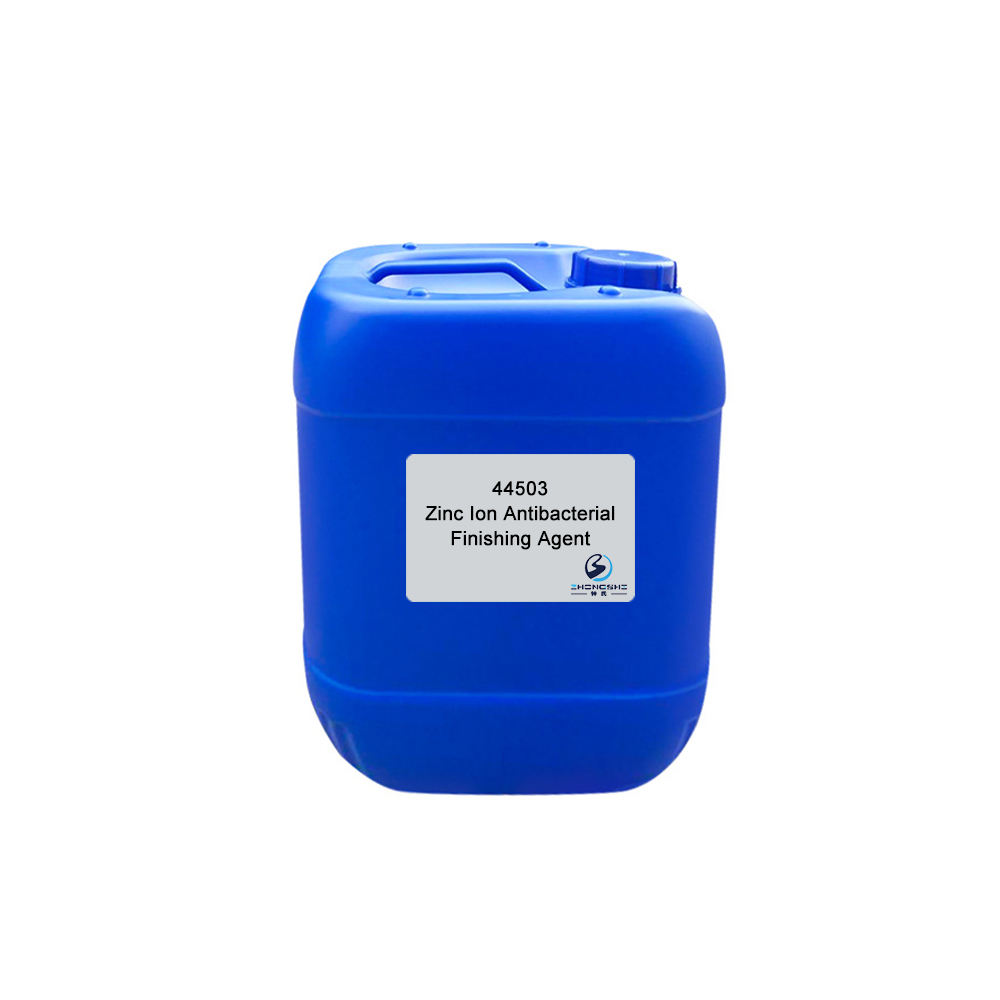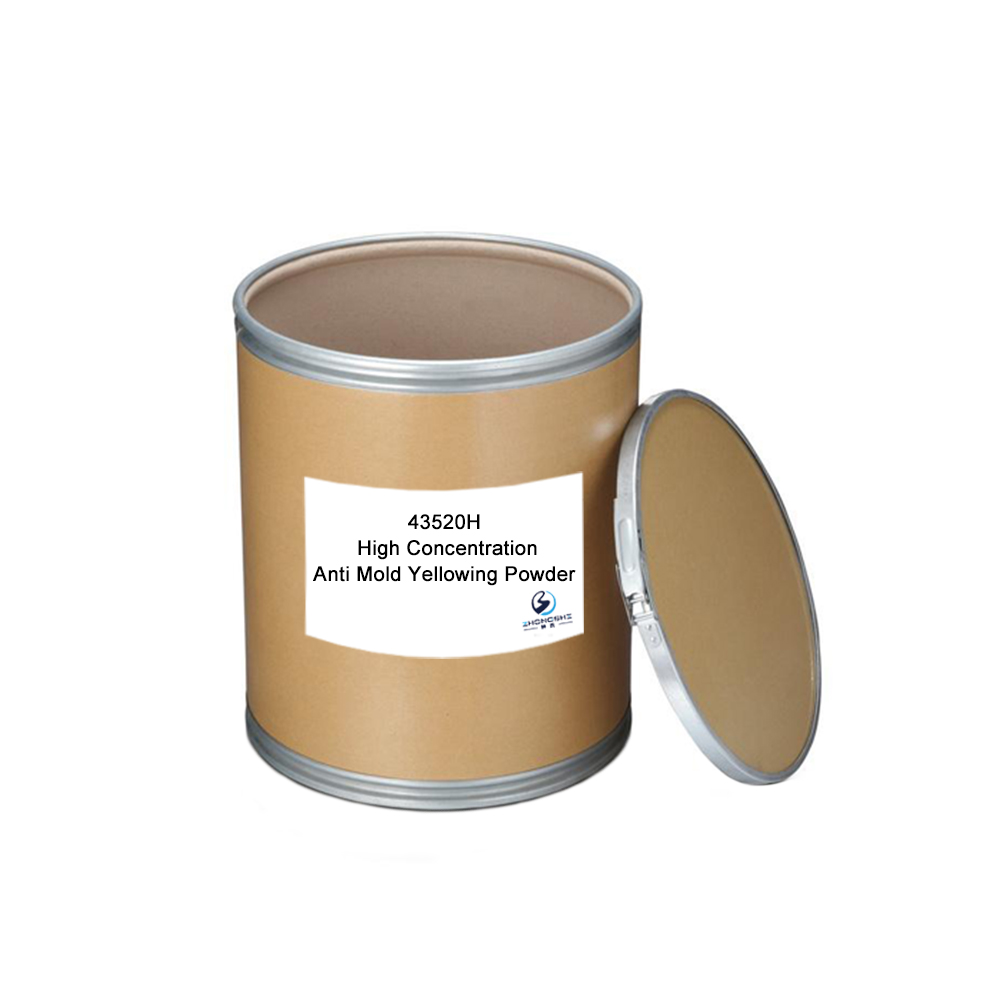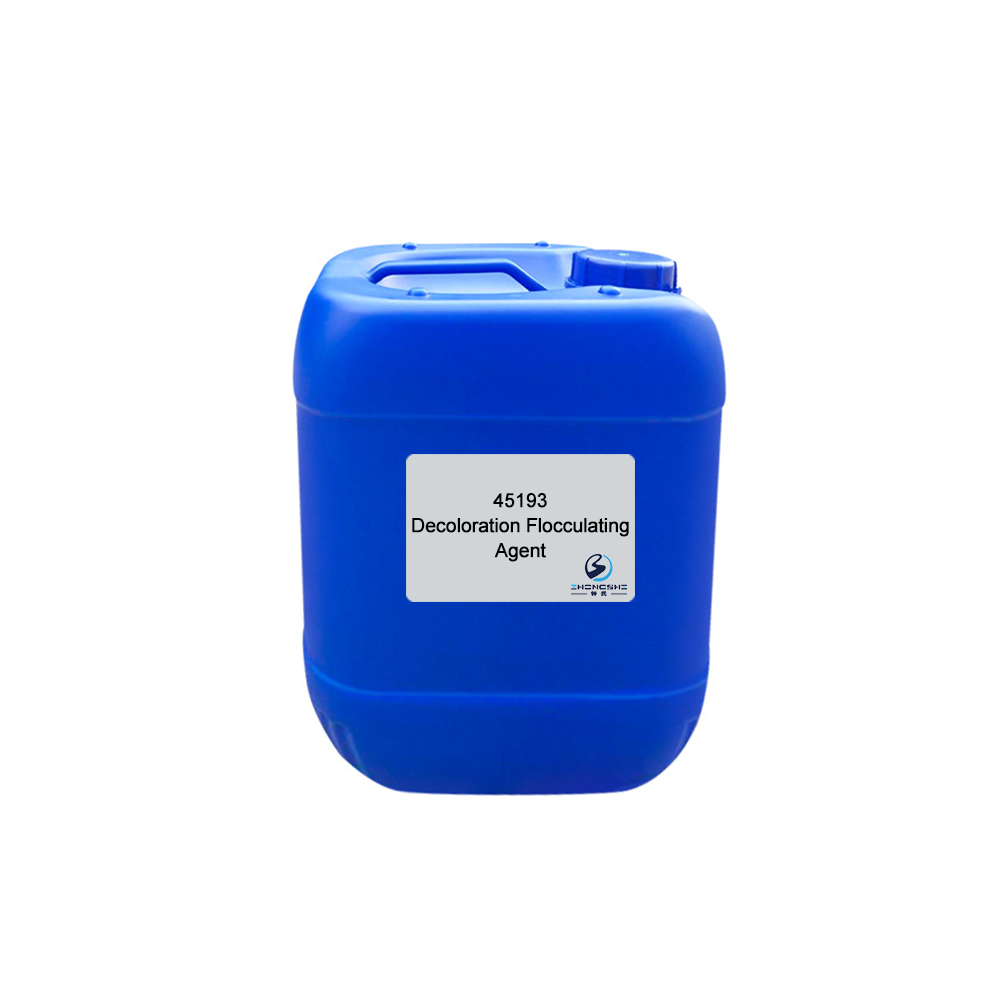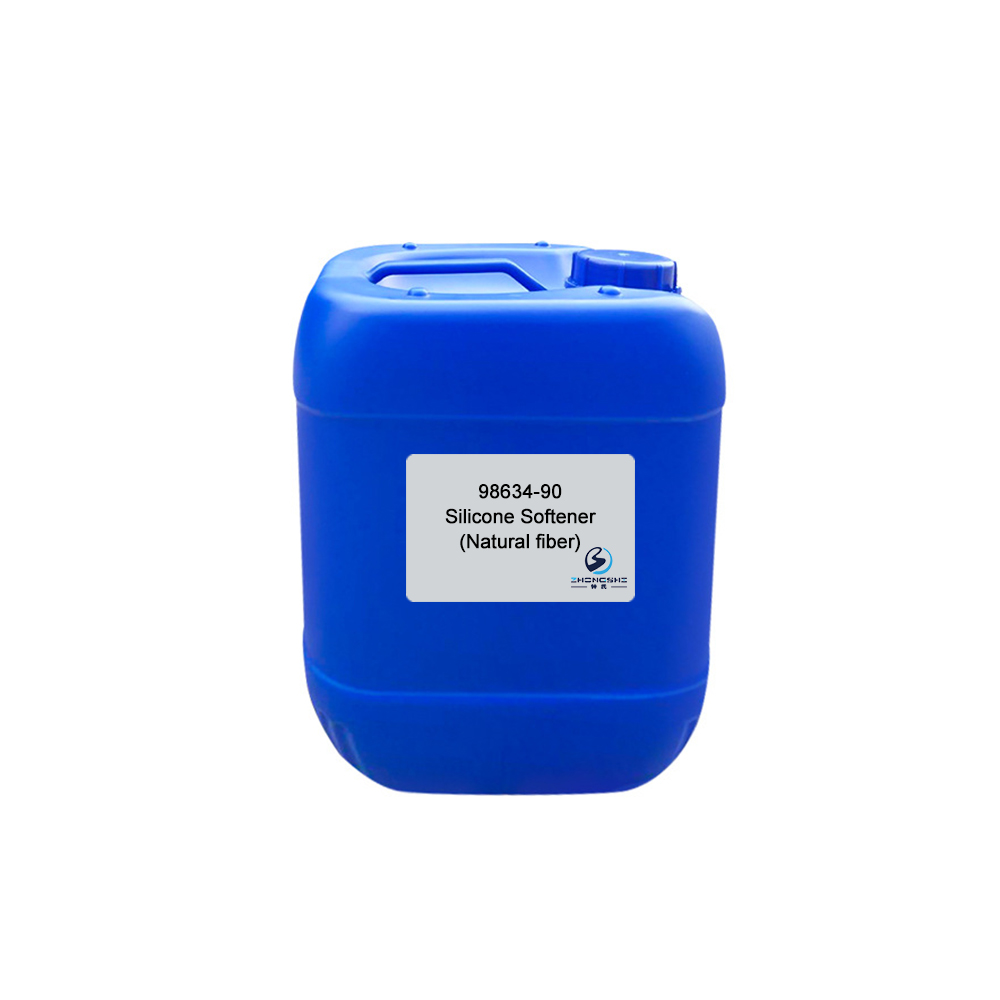PriceList for Acrylic Oil Remover - 70753 Silicone Softener (Soft & Plump) – Innovative
PriceList for Acrylic Oil Remover - 70753 Silicone Softener (Soft & Plump) – Innovative Detail:
Features & Benefits
- Stable in high temperature, alkali and electrolyte. High shear resistance.
- Imparts fabrics soft, plump and exquisite hand feeling.
- Low yellowing and low shade changing.
- High flexibility. Suitable for various kinds of equipment. Safe and stable for use.
- Suitable for directly using in dyeing bath.
Typical Properties
| Appearance: | Transparent fluid |
| Ionicity: | Weak cationic |
| pH value: | 5.0~6.0 (1% aqueous solution) |
| Solubility: | Soluble in water |
| Application: | Cellulose fiber and synthetic fiber, etc. |
Package
120kg plastic barrel, IBC tank & customized package available for selection
TIPS:
Chemical finishing processes
Chemical finishing can be defined as the use of chemicals to achieve a desired fabric property. Chemical finishing, also referred to as ‘wet’ finishing, includes processes that change the chemical composition of the fabrics that they are applied to. In other words, an elemental analysis of a fabric treated with a chemical finish will be different from the same analysis done prior to the finishing.
Typically chemical finishing takes place after coloration (dyeing or printing) but before fabrics are made into garments or other textile articles. However, many chemical finishes can also be successfully applied to yarns or garments.
Chemical finishes can be durable, i.e. undergo repeated launderings or dry cleanings without losing effectiveness, or non-durable, i.e. intended when only temporary properties are needed or when the finished textile typically is not washed or dry cleaned, for example some technical textiles. In nearly all cases, the chemical finish is a solution or emulsion of the active chemical in water. Use of organic solvents to apply chemical finishes is restricted to special applications owing to the expense and the real or possible toxicity and flammability of the solvents employed.
The actual method of finish application depends on the particular chemicals and fabrics involved and the machinery available. Chemicals that have strong affinities for fiber surfaces can be applied in batch processes by exhaustion in dyeing machines, usually after the dyeing process has been completed. Examples of these exhaust applied finishes include softeners, ultraviolet protection agents and some soil-release finishes. Chemicals that do not have an affinity for fibers are applied by a variety of continuous processes that involve either immersing the textile in a solution of the finishing chemical or applying the finishing solution to the fabric by some mechanical means.
After application of the chemical finish, the fabric must be dried and if necessary, the finish must be fixed to the fiber surface, usually by additional heating in a ‘curing’ step. A schematic diagram of a pad–dry–cure process is shown as below.
Product detail pictures:
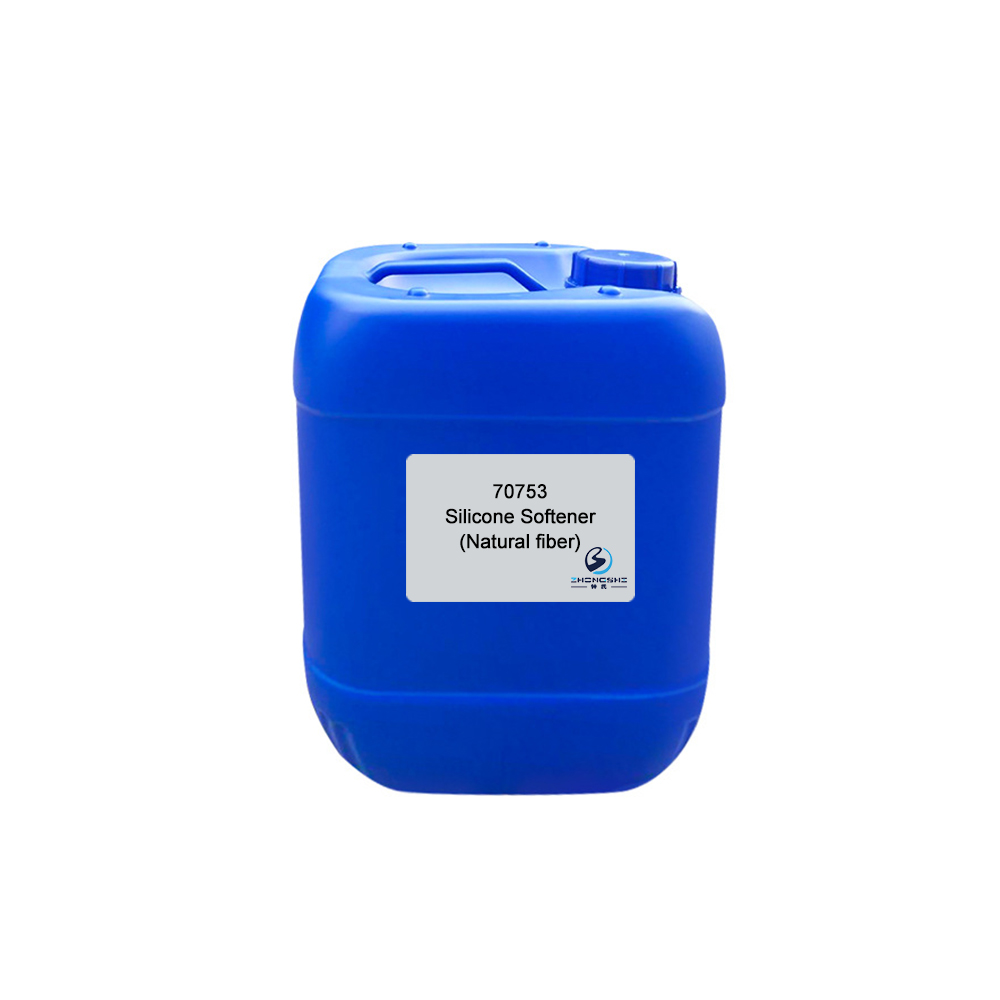
Related Product Guide:
Scouring & Degreasing Agent is used to remove impurities, dirt, residual sizing agent in natural fibers (cotton, wool, flax, silk) or to remove the spinning oil and sizing agent, etc. in synthetic fibers. PriceList for Acrylic Oil Remover - 70753 Silicone Softener (Soft & Plump) – Innovative , The product will supply to all over the world, such as: Madras, New Orleans, Rotterdam, Silicone Softener 97078 is weak cationic and transparent emulsion. It is suitable for fabrics of polyester fiber, nylon, milk fiber and wool, etc. Silicone Softener 97078 can impart fabrics soft, smooth, dry, silky and exquisite hand feeling and excellent hydrophilicity. Also it is suitable for nylon yarns and seamless underwear, etc. It has high stability and high shear resistance. It is cost-effective. A very small dosage can achieve excellent effects. For padding process, the reference dosage of Silicone Softener 97078 is 10~30g/L.
We always believe that the details decides the company's product quality, in this respect, the company conform our requirements and the goods are meet our expectations.



